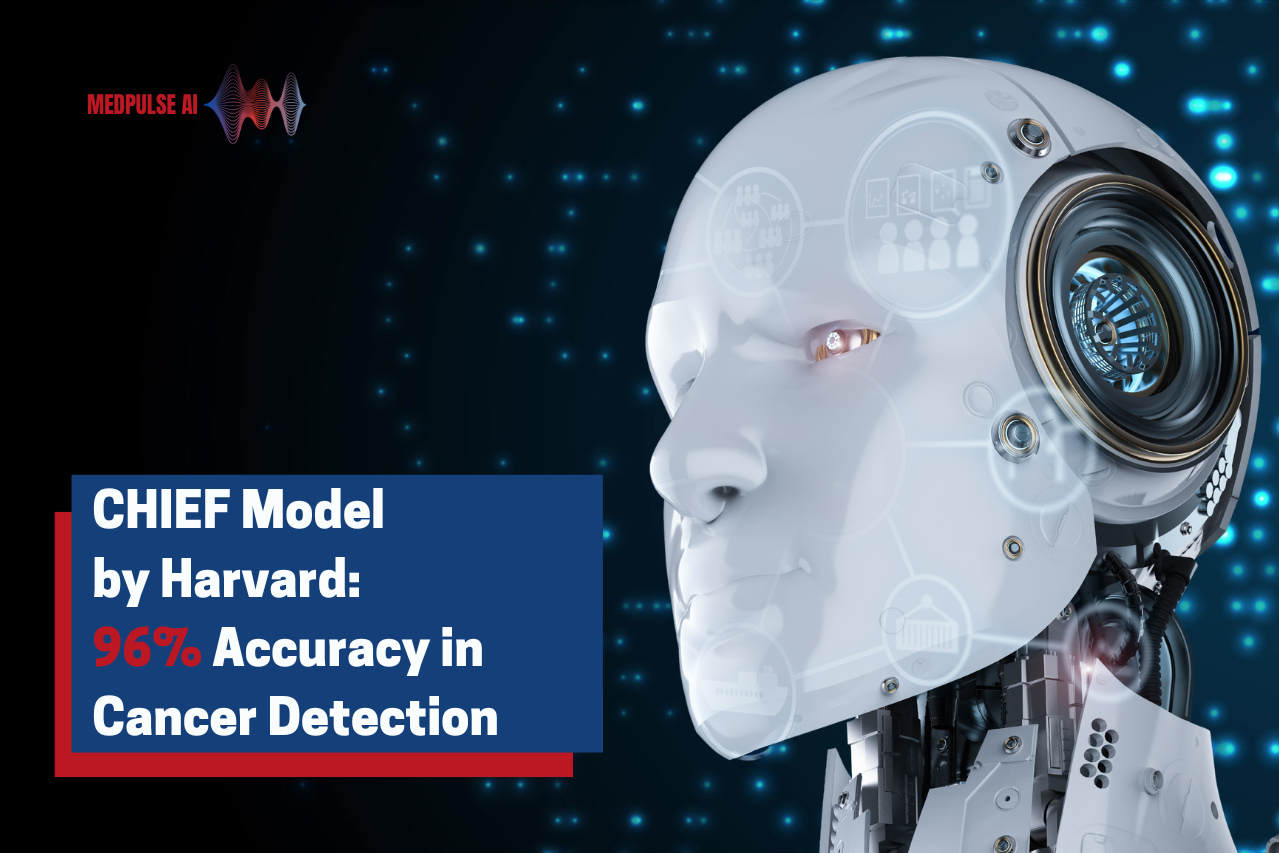Researchers at UT Southwestern Medical Center have developed an innovative machine-learning model that helps identify patients at risk for diabetic cardiomyopathy, a condition that alters the heart’s structure and function, predisposing patients to heart failure. Published in the European Journal of Heart Failure, this study represents a significant advance, using data analytics to distinguish high-risk diabetic cardiomyopathy phenotypes and enable early intervention to prevent heart failure in patients with diabetes.
“This study is pivotal as it applies machine learning to define diabetic cardiomyopathy in a new, more precise way, identifying a high-risk group that could benefit from targeted preventive strategies,” noted Dr. Ambarish Pandey, M.D., the study’s senior author and an Associate Professor in Internal Medicine at UT Southwestern.
Dr. Pandey and his team examined over 1,000 diabetes patients from the Atherosclerosis Risk in Communities cohort who had no history of cardiovascular disease. They assessed 25 echocardiographic parameters and cardiac biomarkers, leading to the identification of three distinct patient subgroups. The high-risk subgroup, representing 27% of participants, showed elevated NT-proBNP levels—a biomarker associated with cardiac stress—as well as signs of abnormal heart remodeling, such as increased left ventricular mass and impaired diastolic function. This group faced a five-year heart failure rate of 12.1%, substantially higher than other groups.
The researchers then created a neural network classifier capable of detecting high-risk diabetic cardiomyopathy. The model’s performance was validated across multiple cohorts, including data from the Cardiovascular Health Study and UT Southwestern’s own electronic health records. The classifier consistently identified 16-29% of diabetic patients as having the high-risk phenotype, who were subsequently shown to have an elevated incidence of heart failure.
Understanding Diabetic Cardiomyopathy: An Unmet Need in Cardiology
Diabetic cardiomyopathy affects the heart muscle, typically manifesting as left ventricular dysfunction that leads to both structural and functional abnormalities. Unlike other forms of cardiomyopathy, this condition arises directly from diabetes-related factors, such as high blood glucose and insulin resistance, rather than from coronary artery disease or high blood pressure.
Diabetic cardiomyopathy has historically been challenging to diagnose, partly due to its vague presentation and the lack of a standardized definition. This ambiguity has created an urgent need for precise diagnostic tools. Early detection could prevent irreversible heart damage in patients with diabetes, a population already at heightened risk for cardiovascular events. However, the disease’s initial asymptomatic stages mean it often goes undetected until it progresses to heart failure.

“This model has the potential to guide clinicians in targeting intensive preventive therapies, like SGLT2 inhibitors, to patients most likely to benefit,” Dr. Pandey stated, referencing a medication commonly used to manage Type 2 diabetes. He added that the model could also help refine clinical trials focused on heart failure prevention for diabetes patients, enriching studies by enrolling individuals most at risk.
The study also sheds light on why defining diabetic cardiomyopathy has historically been challenging; the disease often begins asymptomatically, with diverse effects on the heart. Machine learning offers a precision approach, enabling doctors to identify patients who may otherwise remain undiagnosed with conventional methods.
“Building on our prior research into diabetic cardiomyopathy’s prevalence and impact on health outcomes, this model allows us to pinpoint high-risk phenotypes more accurately,” Dr. Pandey said.
Looking to the Future: AI in Cardiology
The implications of this study reach beyond just diabetic cardiomyopathy. As machine learning continues to advance, similar models could be developed to detect other cardiovascular complications linked to diabetes, such as coronary artery disease or stroke. This technology may also help uncover connections between other chronic diseases and cardiac health, setting the stage for a new era in precision medicine.
Furthermore, integrating machine learning models like this into routine clinical workflows could transform cardiovascular care. With EHR systems capturing real-time patient data, models could be deployed to monitor diabetic patients continuously, providing clinicians with timely alerts when a patient’s risk factors shift.
“The ability to integrate these models into healthcare settings could radically shift how we think about preventive care,” notes Dr. Pandey. “This could enable a move from reactive to proactive treatment, where clinicians intervene before irreversible damage occurs.”
A Leap Forward in Diabetes and Heart Failure Prevention
The development of UT Southwestern’s machine learning model marks a promising advancement in the management of diabetic cardiomyopathy. By combining sophisticated data analysis with real-world clinical validation, this model not only identifies high-risk patients but also informs a pathway for personalized, preventative cardiovascular care.
This AI-driven approach holds the potential to redefine diabetic cardiomyopathy management, fostering earlier, targeted interventions that may mitigate the long-term consequences of heart failure. As Dr. Pandey and his colleagues continue their research, they hope to refine and expand their model to encompass broader cardiovascular risks in diabetes patients, ultimately driving more accurate, timely, and effective healthcare.
Through continued research and collaboration, the UT Southwestern team aims to make this machine learning tool widely available, transforming how clinicians address the silent risks associated with diabetic cardiomyopathy. As healthcare moves into the digital age, machine learning stands as a pivotal tool in managing chronic conditions, empowering patients, and providing a new level of precision in preventative care.
Are you interested in how AI is changing healthcare? Subscribe to our newsletter, “PulsePoint,” for updates, insights, and trends on AI innovations in healthcare.




